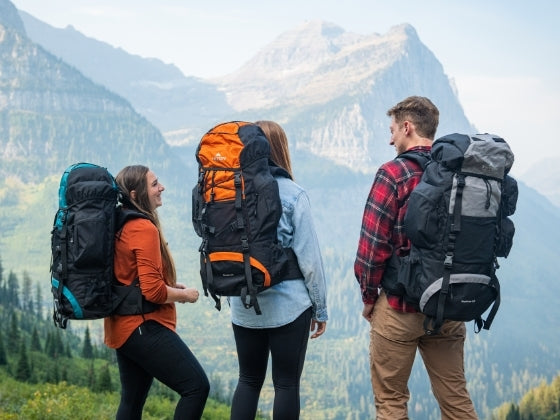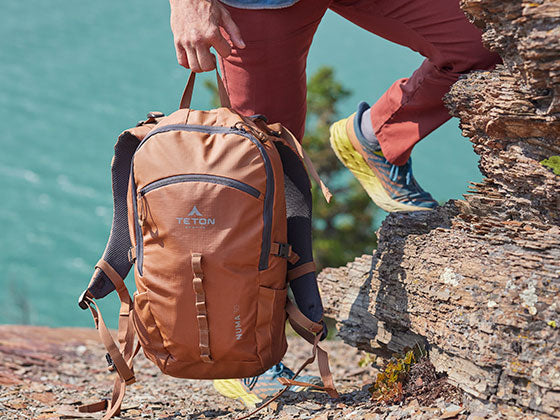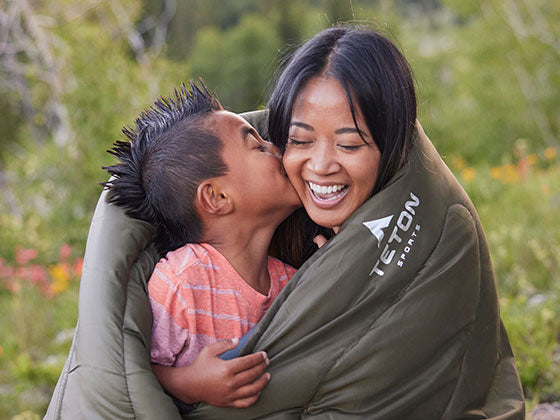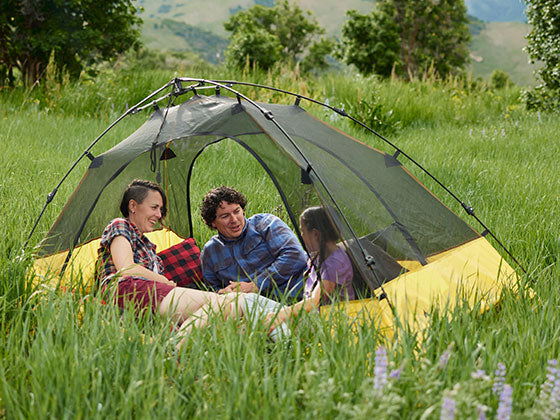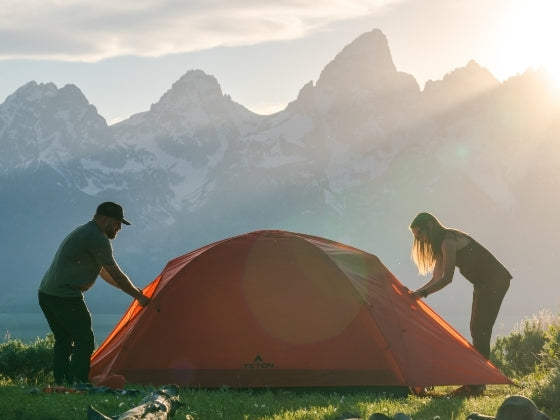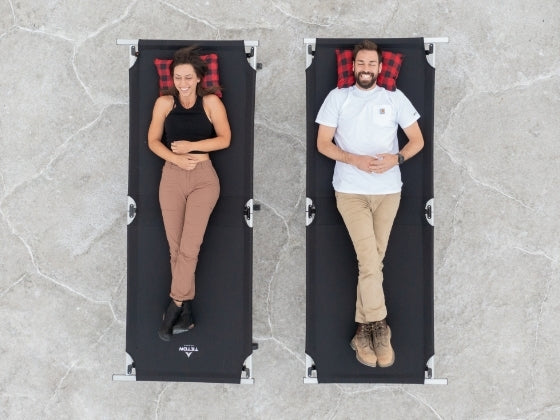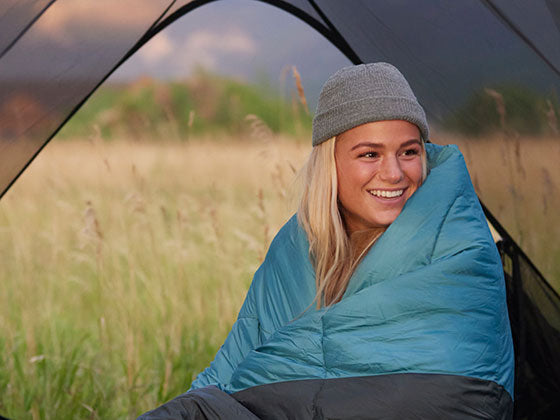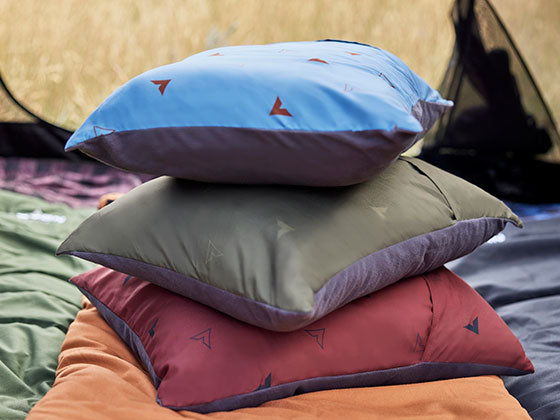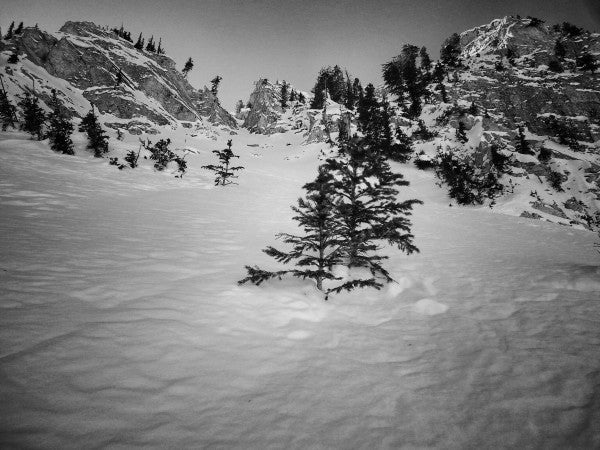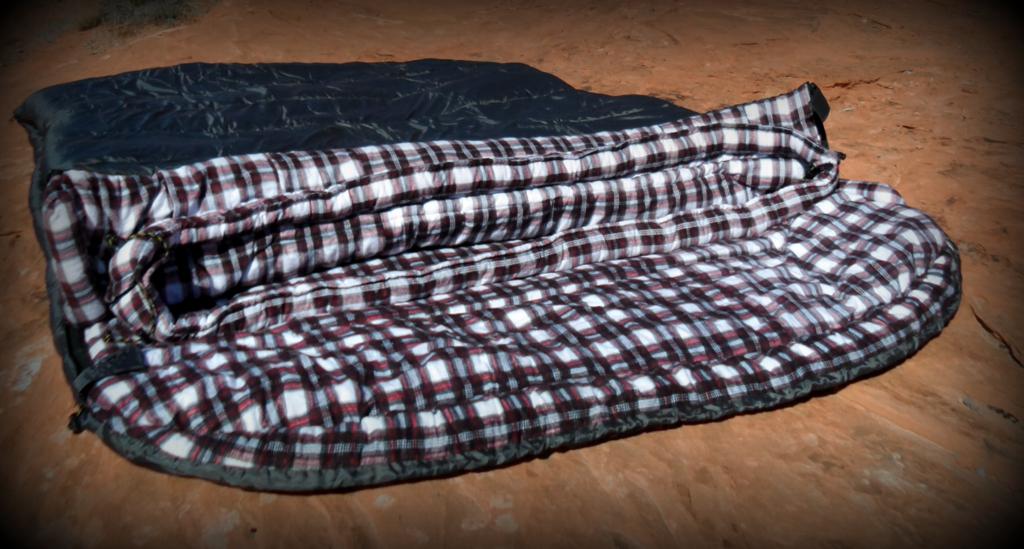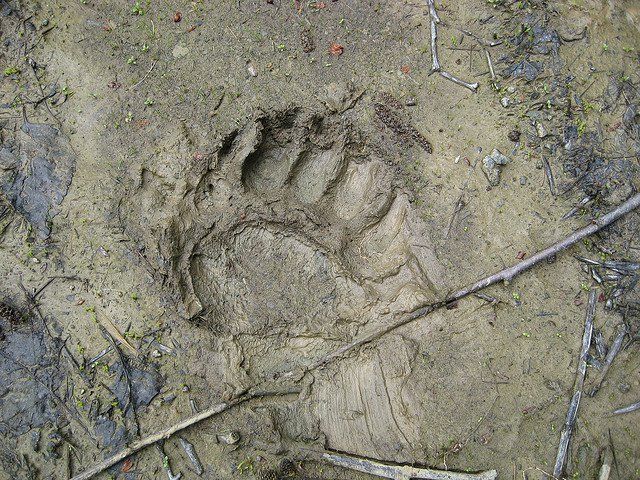White. Untracked. Bluebird overhead. Your powder-hungry soul, starved after two weeks of below-freezing temps and no snow, can hardly handle the temptation of the scene. The storm, dropping 18” over the past 24 hours, completely blankets your view, hiding all obstacles from sight — including the dangers that lurk well below the surface. It looks innocent, but this whitewashed backcountry has warning signs that the unwitting recreationalist will overlook. With nearly 10,000 slides happening yearly in Utah’s Wasatch range alone**, it is not just a “good idea” to take avalanche training — it is imperative. Without it, you risk not only your life, but your partners’, others around you, and potentially the rescue personnel who come to save you.
Avalanches adhere to a science, which is predictable — forecasters can prepare warnings for their regions detailing the likelihood of slides, and educated enthusiasts in the backcountry can read landscapes, test snow layers and make judgment calls based off weather patterns. Here are some key red flags** they consider — and that you can watch out for:
- Other avalanches in the area. This marks that snow conditions on other slopes of the same aspect and angle in the area are likely ready to slide, even if no other signs are present.
- Cracks and sounds. Do a visual and auditory inspection as you move through the terrain. Do you see fracture lines in the snowpack? Is the snow on top a hard crust that is breaking into a softer snow as you step into it? Do you hear sounds (often described as a “whumpf”) as you cross the terrain? These are all avalanche warning signs.
- Recent storm. Pay attention to weather patterns. If there was a storm, especially within the last 24 hours, that had a considerable amount of precipitation (rain or snow), this could overload an underlying weak layer to the point where it loses its ability to hold the weight on top.
- Wind-loaded slopes. It may not have snowed for days, but if winds shift snows to a slope with an unstable pack, avalanches may easily occur.
- Rapid warming. A noticeable rise in temperature can deform snow crystals in the upper layers, leading to slab avalanches**.
- Slope angle. Though not technically a red flag, it is important to be aware that the majority of avalanches occur between 30-45˚ (about the same angle as a black diamond run at a larger ski resort), with danger still lurking in the margins around those pitches.

